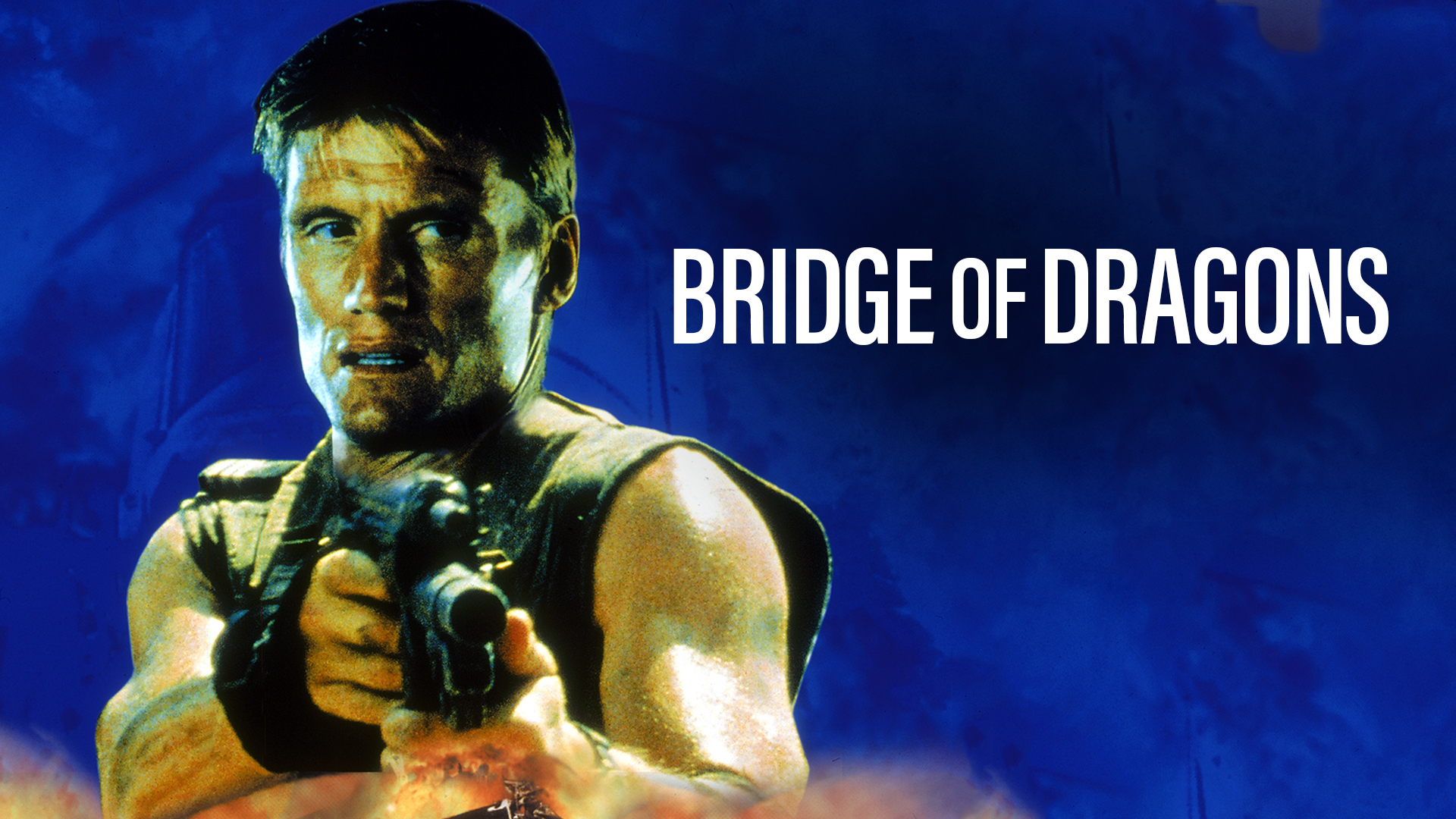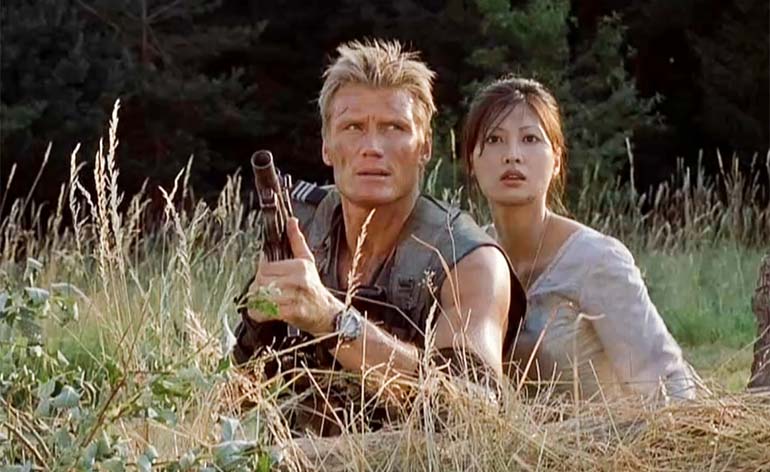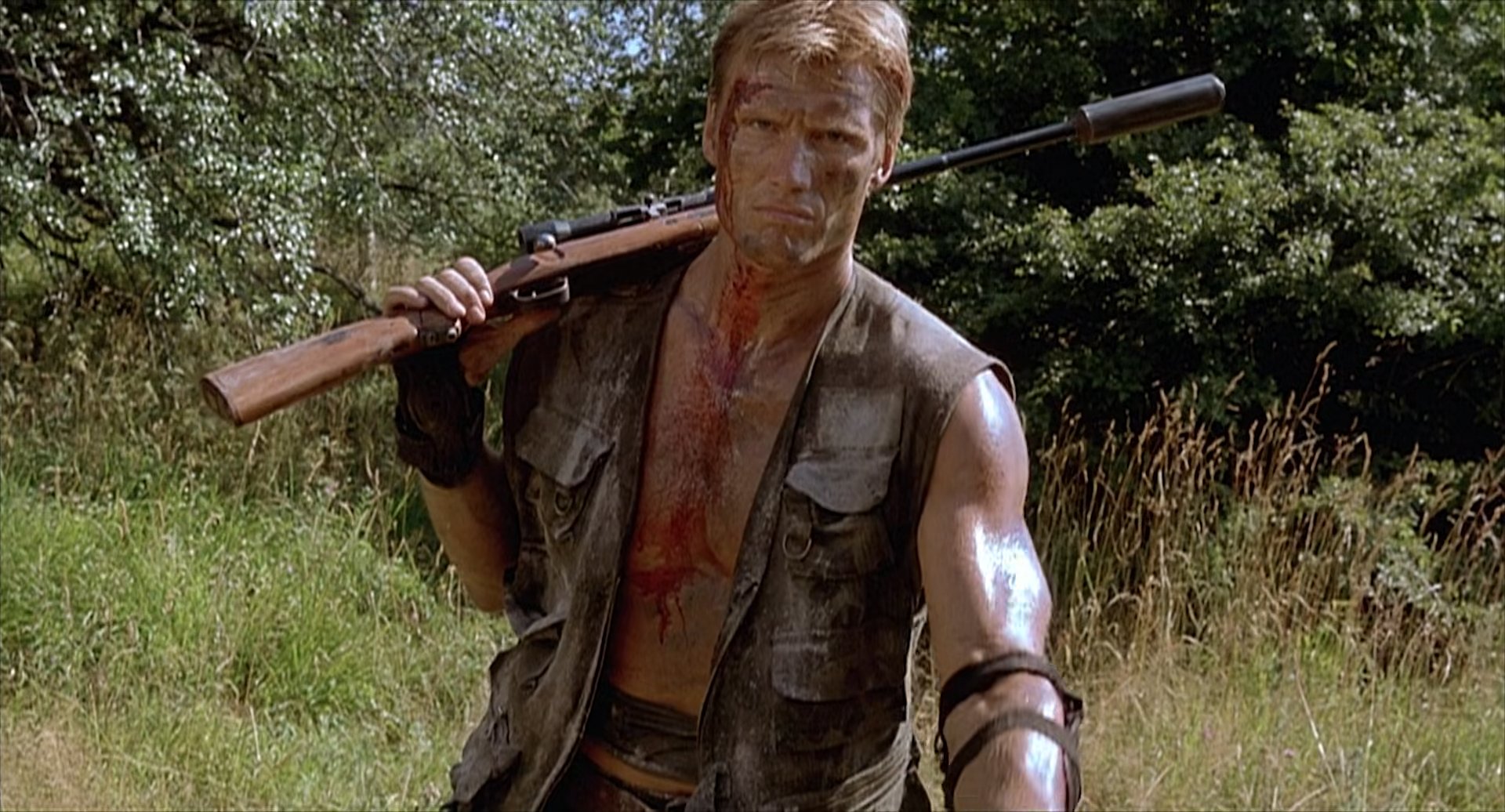Bridge of Dragons (1999)


The plot unfolds in an anachronistic world mixing feudal monarchy, modern weaponry, and sci-fi elements. General Ruechang (Tagawa), a power-hungry regent, murders the king and plans to seize control by marrying the king’s daughter, Princess Halo (Chow). When Halo learns of Ruechang’s treachery, she flees to join rebels. Ruechang sends Warchild (Lundgren), his loyal, karate-trained mercenary raised from childhood, to retrieve her. Unexpectedly, Warchild falls in love with Halo, switching sides to help her and the rebels overthrow Ruechang. The story culminates in explosive shootouts, martial arts battles, and a climactic sword fight, with Warchild saving Halo from a gasoline tanker explosion. The title, puzzlingly, references neither bridges nor dragons, adding to the film’s eccentric allure.

Shot in Bulgaria’s rugged landscapes, the film’s $4 million budget stretches to create a grimy, pseudo-futuristic world, blending medieval carriages, WWII-style uniforms, and modern firearms. Its anachronisms—described by reviewers as a mix of Aladdin, Robin Hood, and post-apocalyptic chaos—are both jarring and intriguing, though the lack of world-building frustrates some. Critics gave it a 43% audience score on Rotten Tomatoes and 4.7/10 on IMDb, with Michael Dequina calling it “not so bad” by Lundgren standards (2/4), while others slammed its “horrible dialogue” and “lame acting.” Fans on Amazon (4.5/5 from 300 reviews) and X praise its grindhouse vibe, with one calling it “cathartic tumult” for its absurd explosions and Lundgren’s bullet-dodging heroics.
Despite narrative flaws and a predictable romance, the film’s kinetic fights and unpretentious energy make it a guilty pleasure. Available on Amazon Prime, Tubi, and Pluto TV, Bridge of Dragons is a time capsule of late-’90s direct-to-video action—ideal for fans of Lundgren or Florentine’s frenetic style, but a tough sell for those seeking coherence or polish.












